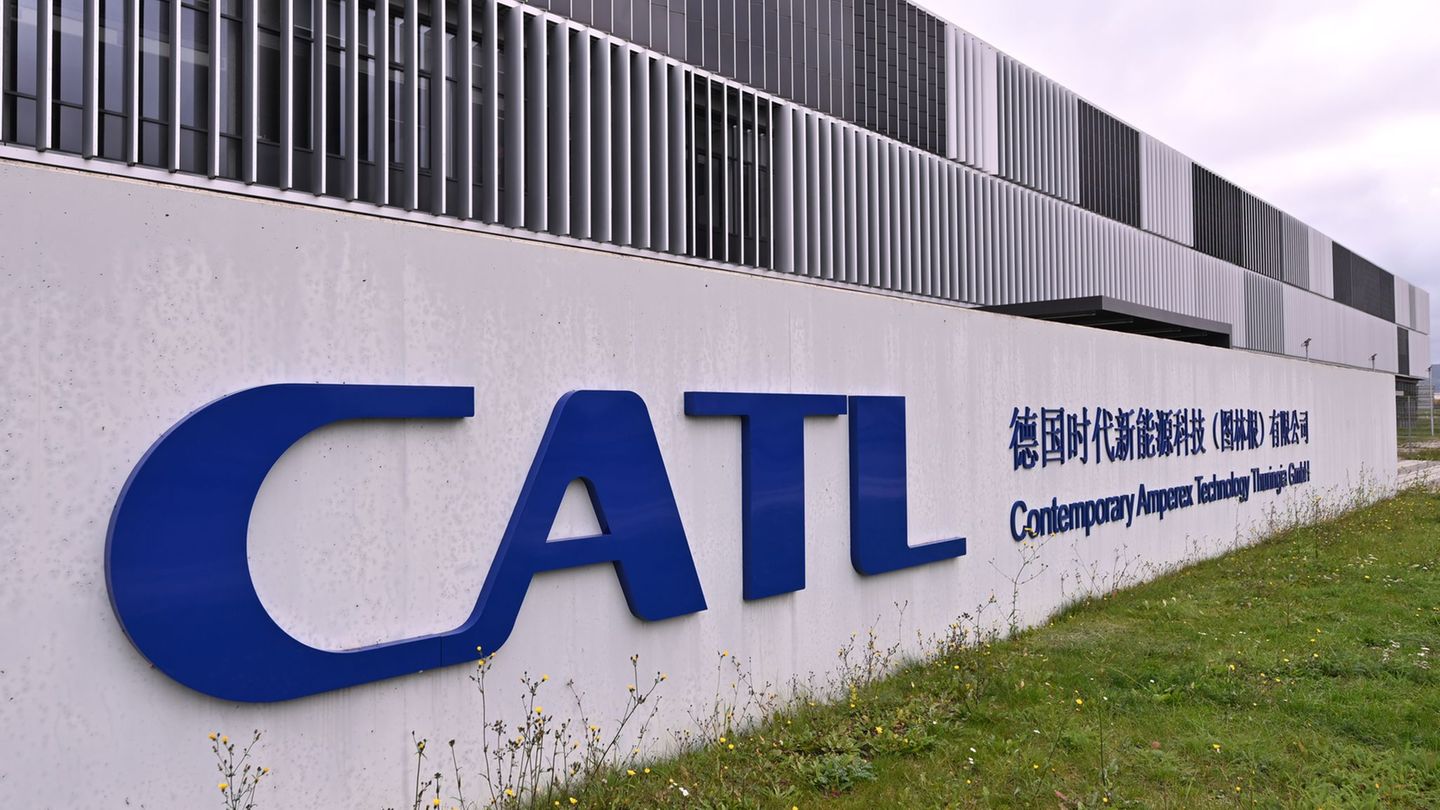Like every industry, The insurance sector writes its own history through evolution. Demand and supply are a key driver on this path. Therefore, it is interesting to know What new dynamics do the different actors see in the market? and, since Scope We dialogue with a representative of the Advisory Producers (PAS), with the leader of a major insurer and with a technology provider specialized in insurance on the trends you observe.
The policies of the current government are undoubtedly an element that determines the new market trends and, in this sense, the deregulation of some sectors and the reduction of spending open new niches for the sector. And it is that, “to the extent that the State moves away from certain coverages, people begin to complement with private solutions,” as he states. Ignacio Sammarra, secretary of the Argentine Association of Insurance Advisory Producers (AAPAS), to this medium.
Health insurance, retirement and cyber risks, business opportunities
Consequently, one of the niches that the entity sees with potential is that of health insurance. “As a result of the sharp rise in the cost of prepaid health plans, we see that many insured people may consider combining health insurance with a social security scheme, for example, or with public health services,” says Sammarra. And this is because, Although they provide more basic coverage than prepaid plans, the cost is much lower. and serve to support a more basic service.
On the other hand, he mentions retirement insurance as another type of coverage that is also gaining relevance in today’s Argentina as a good option for shoring up pensionswhich are low today and will surely be more worn out for the next generations. In this sense, Sammarra points out that they are a good instrument to supplement that income.
And, on the other hand, thinking more about the international context and not just the local one, he indicates that “another area that has to develop going forward is cyber risk coverage”, but explains that one obstacle is that the insurance market has not yet measured the real impact that this risk can have on its business, so there is still little supply.
The pandemic and technologies transformed insurance
For its part, Marcelo Lohrmann, general manager of Providencia Insurancesays that “new technologies are having a strong impact” on the insurance industry. However, The pandemic seems to have been a more powerful generator of change than technology itself.
The first thing to say is that, in our country, the most important insurance is car insurance, but Lohrmann points out that this product “underwent a change after the 2020 pandemic due to the growth of teleworking.” The use of this type of work multiplied by three and, for example, telemedicine, by six. Thus, the executive affirms that, without a doubt, “we are in a new context.”
And, for him, this new context imposes Three new differentiators for the offer of insurance companies:
- the personalization: since it considers that the segmentation and study of the insured’s behavior will lead to an individualized offer for each client, also insurance by use (payment for the time that I am insured) or discounts for low accidents or permanence, among others.
- he service: Lohrmann mentions that artificial intelligence is already involved in the sale of insurance today, identifying the vehicle for pre-inspection and automatically determining pre-existing damage, indicating to the insurer whether it can take out the insurance or not. However, he believes that “human work will always be present to protect us from new technologies involved in fraud.”
- the insurance that is used: The executive points out that, generally, the consumer considers insurance as an expense and the client is increasingly distancing himself from his policy and begins to ignore which service it provides and which it does not. “Now, when insurance includes services, it begins to cover other needs of the client and that is the current concept of Subscriptions that is in fashion. Insurance can be understood as a subscription: the insurance that is used,” describes Lohrmann. And he explains that this means including assistance and services that generate loyalty to the insurance (discounts on car rentals, telemedicine, discounts on gyms, pet services, etc.). Today the most common is the crane service in Argentina.
Lohrmann believes that the insurance industry must be part of technological advances, including in its coverage the following: Strategic links with the automotive industryfor example, that would replace the current cost of claims with investments in technology promotions for security, per case.
New demands from insurers on technology
Along the same lines, Aldo Kazakevich, CEO of BDT Global and member of the Argentine Chamber of Software (CESSI), discusses some trends and solutions that insurers are adopting at both local and regional levels:
- Personalization of services and innovation in customer experience: “In the face of increasingly demanding digital users, experience has greater value and is a differentiator,” Kazakevich highlights. And, therefore, innovation, transparency, scalability of solutions and security are essential. “That is why many insurers are working on new business and distribution models such as ‘open insurance’, parametric insurance and the creation of micro insurance with the gradual incorporation of artificial intelligence to support their business and service processes,” he describes.
- Climate change and its impact on the insurance industry: On the other hand, Kazakevich mentions that the industry is facing the Challenge of updating risk models and their managementas well as the development of innovative insurance products and the promotion of resilience and the ability to adapt to such a changing environment.
- longevity as a business opportunity: It also considers that the growth in life expectancy and the search for physical, emotional and mental well-being, as well as greater autonomy, security and financial stability, offers the Opportunity to create new businesses and products for the sector associated with life and retirement insurance.
- continuous threat exposure management: Another key element he mentions is that with the rise of new technologies, so too Access to information increases, and with it, cyber risks and threatswhich is why “it is key to acquire technological solutions capable of protecting sensitive customer data and insurance company operations for continuous adjustment to cybersecurity optimization priorities.”
A technological cultural change, although with service and human aspects present
In all this change that the sources describe, there is no doubt that Artificial Intelligence (AI) plays a key element. And that, for Kazakevich, implies a Cultural change within organizationssince “the emergence of new technologies and changes in the processes of the sector involves a work of cultural change of its talents, which adds to the “cross” challenge of retention”. Likewise, they begin to new players appear in the market, such as InsurTechwhich “challenges insurers to attract these customers with intuitive and customizable digital solutions, through optional components that are easy to adjust as customer needs change.”
All this is combined, as Lohrmann mentions, with the need for customer service“Today, vehicle recovery systems are being installed, tomorrow we could think about benefiting the insured with subscriptions for smart protection systems,” he says in this regard. And he anticipates that this would imply moving “from selling a policy to a product plus an ecosystem of services and benefits.”
Along the same lines, Samarra warns that AI “is going to be an interesting tool to better understand customer data, their needs, behaviours and characteristics”, but he anticipates that “I don’t think that the human figure will cease to play a leading role” because it is an industry of trust. “It is key that long-term relationships articulate this market”, he points out.
This is how the future of insurance is outlined in Argentina, with a combination of a new context of opportunities due to politics and the international context and heavily influenced by technology and artificial intelligence. A real challenge for the industry.
Source: Ambito




